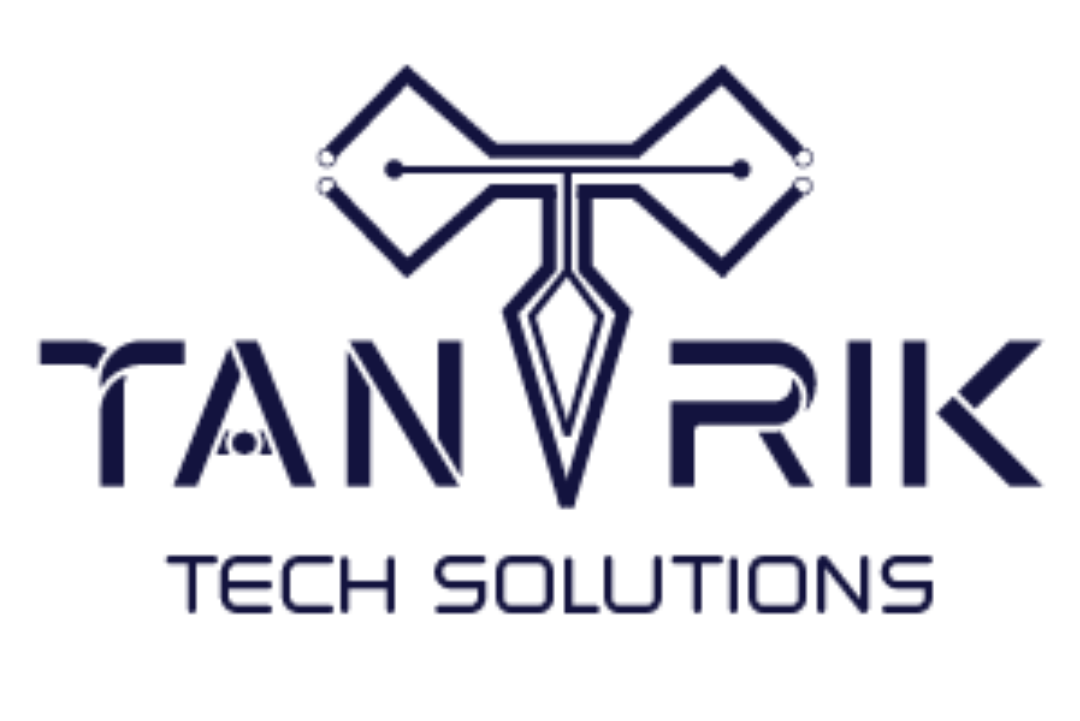In this blog, we’ll explore how automating your finance workflows can make a significant impact on your company. We’ll also show you some practical ways to automate various finance-related tasks, so your team can spend less time on manual work and more time focusing on strategy.
What is Finance Automation?
Finance automation is the process of using technology to perform routine financial tasks without human intervention. From managing invoices to tracking expenses, automating these processes ensures that everything runs smoothly and efficiently. The goal of automation is to reduce errors, save time, and improve the overall management of your financial operations.
But how do you actually automate these tasks? Let’s walk through a few key examples.
Example 1: Automating Invoice Management
One of the most common finance tasks is invoicing, and it can take up a lot of time. Manually creating, sending, and tracking invoices can lead to delays, errors, and sometimes even missed payments. By automating your invoicing process, you can ensure that invoices are sent promptly and tracked efficiently.
Here’s how automation can help:
- Automatically generate invoices for services or products sold.
- Set reminders to follow up on unpaid invoices.
- Update your records in real time when a payment is received.
With automation in place, your team no longer has to worry about the back-and-forth of invoicing, and payments are collected on time.
Example 2: Streamlining Expense Tracking
Tracking expenses is crucial for managing budgets, but it can be a tedious task when done manually. Receipts pile up, entries get delayed, and errors can creep in. By automating expense tracking, you can ensure that every transaction is recorded accurately and in real time.
Here’s how it works:
- Employees can submit expense claims automatically after making a purchase.
- Expenses are categorized and matched to your budget instantly.
- You receive real-time reports that give you a clear picture of your financial health.
With automated expense tracking, you can avoid errors, stay on top of your budget, and get real-time insights into where your money is going.
Example 3: Payroll Automation
Processing payroll manually is not only time-consuming, but it can also lead to mistakes that affect employee satisfaction. Automating payroll ensures that your employees are paid accurately and on time, every time.
Here’s how automation can transform your payroll process:
- Automatically calculate employee salaries, taxes, and deductions.
- Process payments and distribute payslips without any manual work.
- Ensure compliance with local laws and regulations by automatically applying the latest updates.
Automating payroll means you don’t have to worry about keeping track of changes in tax laws or spending hours calculating payments. Everything is done for you, reducing the risk of errors and ensuring your team is paid correctly.
Example 4: Automating Financial Reporting
Generating financial reports is essential for understanding how your business is performing, but it can be a time-consuming task when done manually. With automation, you can generate accurate financial reports in just a few clicks.
Here’s how financial reporting can be automated:
- Automatically gather data from different sources, like sales, expenses, and payroll.
- Generate detailed reports on cash flow, profit and loss, and balance sheets.
- Schedule reports to be delivered to your inbox at specific times (e.g., monthly or quarterly).
Automating financial reporting not only saves time but also ensures that you always have up-to-date, accurate financial information at your fingertips.
Example 5: Cash Flow Management
Managing cash flow is vital to the health of your business. Without proper oversight, you might find yourself running into cash shortages or not knowing when to make important financial decisions. Automating cash flow management gives you real-time insights and helps you stay on top of your finances.
Here’s what cash flow automation can do:
- Automatically track inflows and outflows of cash from various accounts.
- Provide forecasts based on real-time data, helping you anticipate cash needs.
- Set up alerts when cash flow reaches certain thresholds so you can take action immediately.
With cash flow management automated, you always know where your business stands and can make better financial decisions based on up-to-date information.
Why Automate Finance?
You might wonder, why is finance automation so important? The answer lies in the benefits:
- Accuracy: Automation reduces the risk of human error, especially in tasks that require repetitive data entry.
- Time Savings: By automating routine tasks, you free up time for your finance team to focus on strategic work, like financial planning and analysis.
- Cost Efficiency: Automating finance processes can reduce operational costs by eliminating the need for manual work.
- Better Decision-Making: Real-time data and automated reporting help you make more informed business decisions.
At Tantrik Tech, we’ve helped businesses of all sizes implement finance automation, transforming how they manage their finances and boosting their efficiency. If you’re ready to take the next step in automating your financial processes, we’re here to guide you through it.
Get Started with Finance Automation
Automating your financial operations is not just about saving time; it’s about creating a smarter, more efficient way to manage your business. Whether it’s automating invoicing, payroll, expense tracking, or financial reporting, automation can revolutionize the way you work.
If you’re ready to streamline your finance processes and take your business to the next level, contact us at Tantrik Tech. We specialize in helping businesses automate their financial workflows, making their operations smoother and more efficient.
Let’s work together to create a finance automation strategy that works for your business. Contact us through here.




